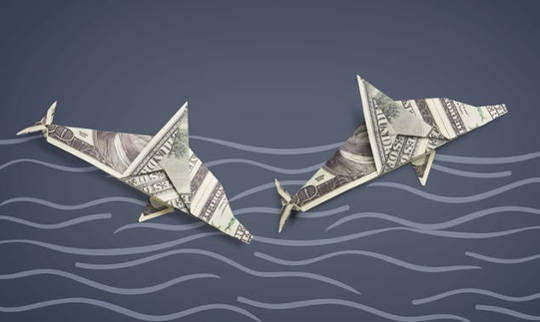
Nature offers many benefits to people. (Shutterstock)
In 2010, 193 countries stepped up to halt the global decline of biodiversity by 2020 as part of their commitment to the Convention on Biological Diversity.
They agreed to take urgent action to make sure that we would continue to have resilient ecosystems that provide essential services, secure the myriad of life on the planet and contribute to human well-being.
But vowing to save biodiversity is a large and unwieldy goal.
To guide them on this endeavour, the countries established the 20 Aichi Biodiversity Targets. These targets range from addressing “the underlying causes of biodiversity loss (Targets 1-4)” to reducing “the direct pressures on biodiversity (Targets 5-10),” and more.
A global assessment of resources
Preserving biodiversity costs money. A 2014 estimate put the cost of achieving the Aichi Targets at US$150-440 billion per year. That seems like a lot, but it’s the equivalent of spending US$20 to US$60 annually for each person in the world.
In order to meet these conservation needs, the global investment in biodiversity would have to increase fourfold from today’s level of only about 0.002 per cent of global GDP. Hence, the overall investment required is still relatively small given the many benefits of doing so.
After extensive review, our team of international researchers came to the conclusion that meeting the Aichi Targets would have benefits far beyond biodiversity — it will improve human health and well-being via economic and environmental stability.
Focusing on the costs of implementing this plan makes it seem daunting, but our research suggests that failing to invest will have an even more frightening economic cost.
Conservation and sustainable use
Several studies suggest that failing to protect biodiversity leads to the loss of natural services, such as those provided by healthy habitats or mangroves. These are worth US$140 billion a year. In contrast, developing a global network of nature reserves on land and at sea would cost about US$45 billion a year to maintain.
Similarly, other research found that failing to halt the loss of biodiversity could result in annual losses in ecosystem services worth US$14 trillion per year by 2050, equivalent to seven per cent of global GDP.
It’s important to note that many of the world’s poor are directly dependent on biodiversity for not only food and nutrition, but also employment. Hence for the sake of the food, economic and social security of billions of people, we need to preserve biodiversity.
For instance, water scarcity is a big issue, with an estimated 1.8 billion people expected to be living in regions with absolute water scarcity by 2025, and two-thirds of the world’s population potentially living under water stress conditions.
The world’s fisheries employ as many as 260 million people and generate a landed value estimated at about US$150 billion annually.
Competition among highly subsidized industrial fishing fleets coupled with poor regulation and weak enforcement of existing rules has led to over-exploitation of the most commercially valuable fish stocks. This reduces the [potential economic rent, which in simple terms means profit,] from global marine fisheries by at least US$50 billion annually.
What it comes down to is that the monetary and non-monetary benefits that come from biodiversity conservation and sustainable use frequently outweigh the costs.
Raising resources
Still, several measures need to be put in place before we can capitalize on this investment.
In less developed countries, we need increased international investment through overseas development aid and philanthropic donations. But these same countries must also develop effective policies and instruments to support this increase in investment. For example, to meet Aichi Targets, it would be better to seek donations that support policies for the sustainable use of fishery resources over those that stimulate overfishing.
If the world is to increase its chance of meeting the Aichi Targets and the UN’s Sustainable Development Goals, countries must find ways to bring biodiversity into the mainstream.
They could, for example, integrate it into their national accounting systems. They must also enhance the links between climate change policies and biodiversity conservation, and its sustainable use.
It’s also crucial that we recognize the in-kind contributions of Indigenous peoples’ and local communities’ collective actions, efforts and knowledge on conservation and sustainable use.
Investing in biodiversity would almost surely reduce the vulnerability of nations and communities to climate-related issues, while increasing their resilience and capacity to adapt.
About The Author
Rashid Sumaila, Director & Professor, Fisheries Economics Research Unit, University of British Columbia
This article was originally published on The Conversation. Read the original article.
Books by this Author:
at InnerSelf Market and Amazon
























